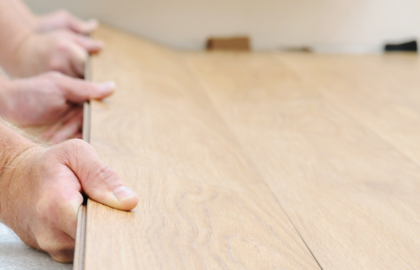
After the recent property price climb, many young Australians are wondering how to get their foot on the ladder.
A strategy in focus is ‘stay-vesting’. Similar to ‘rentvesting’ this gives first home buyers the flexibility to purchase a home and stay on top of expenses.
What Is stay-vesting?
Simply put, stay-vesting means buying a property as an investment while still living at home with your parents. Someone who has grown up in a more expensive area may buy out of town but not have the goal to live in the property.
Some stay-vestors move into their property for a while but return to the family home when the time comes to welcome children so they have more space and support. This trend is also linked to the “boomerang generation,” where young adults return to their parents’ homes to save money or improve their finances.
Stay-vesting gives young buyers the chance to take advantage of government grants and get a foot on the ladder without taking on the full burden of a large mortgage.
Advantages of stay-vesting
Buying a place but leasing it out and living at home can work for the following reasons:
• Cost-effective living: Staying with your parents usually means paying little to no rent, which makes it easier to repay a
mortgage.
• Stay close to your network: Buying out of area but living at home means you’re still near friends and family.
• Lower living expenses: Home maintenance, council rates and utility bill costs can be shared with parents
• Tax benefits: Owning an investment property may qualify you for tax deductions for things like maintenance costs,
depreciation and loan interest.
• Building wealth: Paying down your loan and investing well should result in capital gains that will give you more flexibility to upsize in the future.
Challenges of stay-vesting
Not everyone sees this strategy as a solution. Problems can arise with:
• Family dynamics: Living with your parents for a long time can sometimes create tension, especially if everyone has different routines or when in-laws are involved.
• Property expenses: Even though you’re renting out your property, you still have to cover expenses like strata fees
and upkeep. It’s important to know your numbers and be confident you can cover the costs of an investment property
that you’re not living in.
• Capital gains tax: If you decide to sell the property and you’ve never lived in it, you might have to pay a hefty tax on
the profits.
• Grants: Some grants may not be available if you don’t plan to live in your property
Strategy is key
With property prices putting the Great Australian Dream of home ownership out of direct reach, young Australians are getting creative.
If stay-vesting is a strategy for you, make sure your family is on board with the idea and have a timeline in mind. You may decide to live in the place you buy for a while, move back to start a family and then sell it to upsize, or make the purchase but stay at home until interest rates make the repayments more affordable.
In time, stayvesting should open the door to other property opportunities. Before you dive in, take the time to talk to
experts like a mortgage broker, an accountant, and a one of our team members at Professionals Yarra Valley about your long-term goals.







